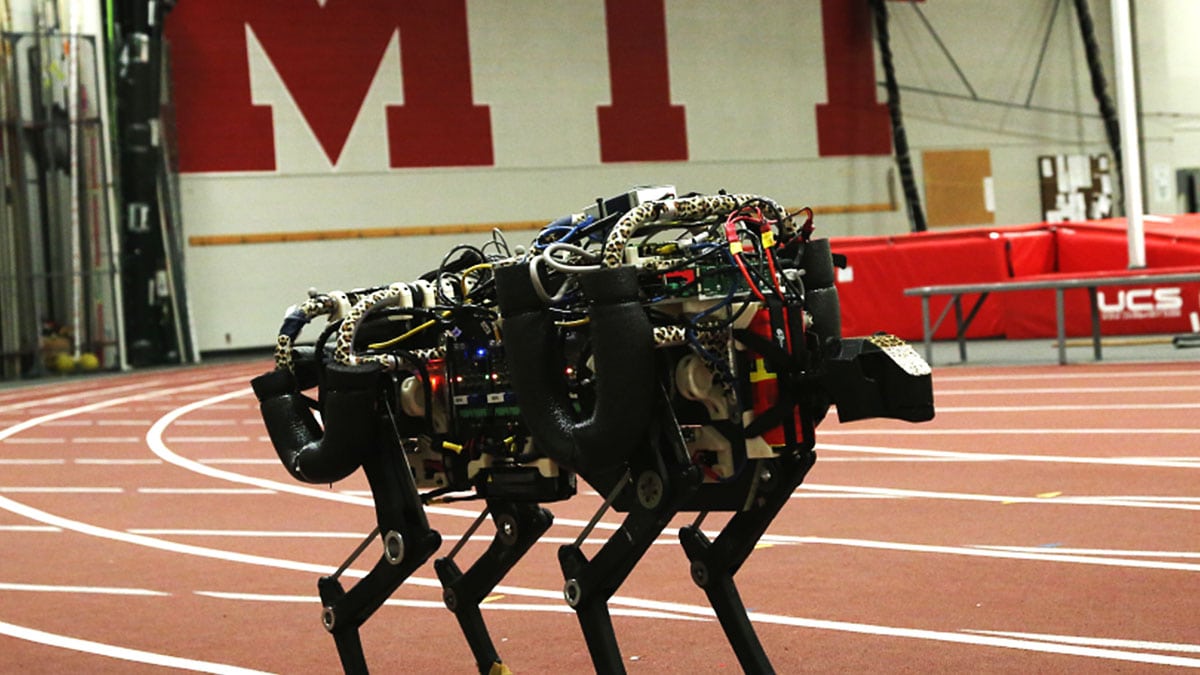We’ve all seen those movies. Post-apocalyptic science fiction landscapes where highly advanced, intricate, efficient and self-aware robots control everyone and everything. That future may not be that far off. Well, part of it, anyway. The part about robots being highly advanced, technically intricate and highly efficient, not the part about them being sentient, self-aware killing machines (at least hopefully not).
Science fiction aside, the field of robotics is advancing more rapidly than at any other point in recent history. CAD colleges are turning out qualified people that make up the teams that will take the field to the next level.
What Robotic Engineering Teams Do
Being part of a robotic engineering team is both a challenging and rewarding life. Dedication is key, as is persistence. You would spend your days putting your 3D CAD training courses to good use in the office as well as in the lab, where you may work on the actual robotic parts the team is creating.
Here are some of the fields where robotic engineering is in high demand:
- Automotive: With new methods of powering vehicles becoming the norm, there is a constant need for new robotic parts to make them work. The automotive sector is one of the largest employers of robotic engineering teams.
- Prosthetics: Robotic technology is improving the quality of life for amputees around the world. Prosthetic advances are making it possible for people to move faster with more agility and control their prosthetics with Bluetooth, or even their minds.
- General Research: Inventions like the Robotic Cheetah are displaying the potential for robotic engineering in the near future.

Skills for the Job
Not just anyone can walk in off the street and join a robotics team. It takes a solid set of soft skills like working well as part of a team, creativity, patience, the ability to multitask and a strong work ethic, but that’s not all. You’re going to need a hard skillset as well as professional certification, both of which you can get with professional CAD training at an accredited institution.
Here’s some of what you’ll need to know to work on a robotic engineering team:
- Various computer applications
- Technical communications
- Technical mathematics
- Drawing theory
- Drawing techniques
- Surveying principals
- Surveying techniques
- The methods of construction
- Structural drawing
- Structural theory
- Project data and management techniques
- The essentials of dealing with investors
- Workplace ethics
While that list may seem long, it’s important to remember that it’s all inter-related. A member of a robotic engineering team is a creative professional who is capable of doing whatever other members of the team can, and is always willing to learn more.
Do you think you’re the type of person who can excel in robotic engineering?



